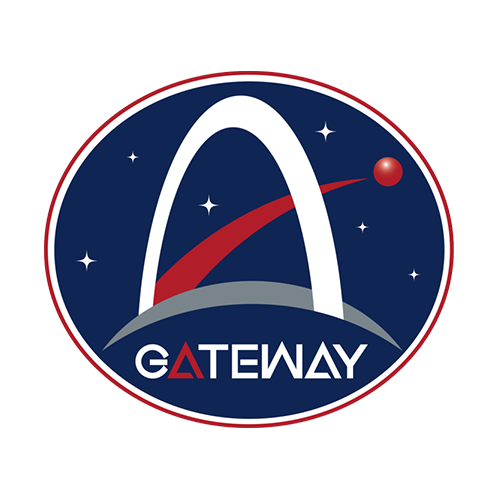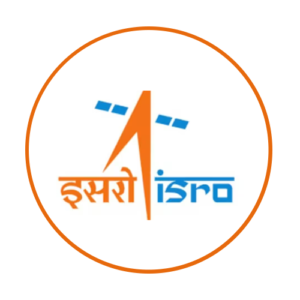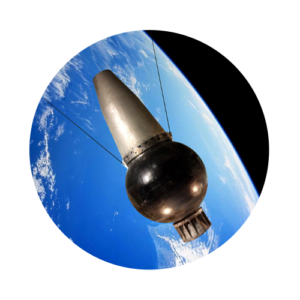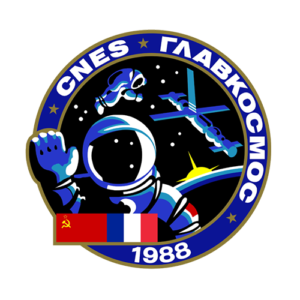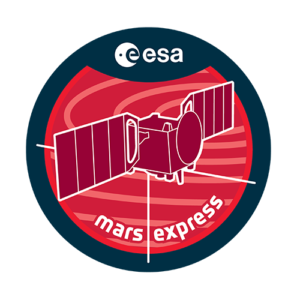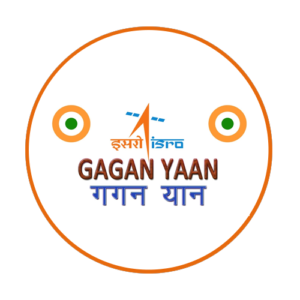The Lunar Gateway program represents a pivotal step in humanity’s return to the Moon and the exploration of deep space. Spearheaded by NASA in collaboration with international partners, including ESA, JAXA, and CSA, the
Lunar Gateway will serve as a space station in lunar orbit, enabling sustainable lunar exploration and providing a staging point for missions to the lunar surface and beyond. With a modular design and an emphasis on international cooperation, the Gateway promises to advance scientific research, technological development, and human exploration capabilities, paving the way for future crewed missions to Mars and other destinations in the solar system.
History & Evolution
The concept of a lunar orbiting outpost has its origins in NASA’s Artemis program, which aims to return astronauts to the Moon by the mid-2020s. Originally envisioned as the Lunar Orbital Platform-Gateway (LOP-G), the Lunar Gateway has evolved into a collaborative effort involving multiple space agencies.
NASA has outlined plans for the Gateway to serve as a staging point for lunar surface missions, providing a sustainable infrastructure for crewed missions to the lunar South Pole. The Gateway’s modular architecture will allow for incremental assembly and expansion, with contributions from international partners.
Mission Objectives
The primary objectives of the Lunar Gateway program are:
- To establish a sustainable human presence in lunar orbit, enabling long-duration crewed missions to the lunar surface.
- To facilitate scientific research and technological development in lunar and deep space environments, including studies of lunar geology, astrophysics, and life sciences.
- To serve as a platform for international collaboration in space exploration, fostering partnerships between space agencies and commercial entities.
- To support Artemis program objectives, including crewed missions to the lunar surface and the development of technologies for future human missions to Mars.
Infrastructure and Facilities
The Lunar Gateway will consist of multiple modules, including habitat modules for crew accommodation, laboratory modules for scientific research, and docking ports for visiting spacecraft. It will be equipped with solar arrays for power generation, communication antennas, and propulsion systems for orbital maneuvering. Ground support facilities will include mission control centers operated by NASA and its international partners, as well as launch facilities for crewed and uncrewed missions to the Gateway.
Spacecraft and Vehicles
- Orion Spacecraft: NASA’s Orion spacecraft will serve as the primary crew transport vehicle to and from the Lunar Gateway, launched atop the Space Launch System (SLS) rocket.
- European Service Module (ESM): Provided by ESA, the ESM will provide propulsion, power, and life support capabilities for the Orion spacecraft during transit to lunar orbit.
- International Contributions: Other space agencies, including JAXA and CSA, will contribute modules and systems to the Lunar Gateway, enhancing its capabilities and ensuring international participation in lunar exploration efforts.
Achievements and Discoveries
The Lunar Gateway program holds the promise of significant achievements and discoveries in the realm of lunar exploration and deep space science. By establishing a sustainable human presence in lunar orbit, the Gateway will enable unprecedented scientific research and technological development, shedding light on fundamental questions about the Moon’s origin, evolution, and resource potential. The Gateway will also serve as a testbed for future human missions to Mars, providing valuable insights into the challenges of long-duration spaceflight and life support in deep space environments.
Current Status of this program
The Lunar Gateway program is currently in the planning and development phase, with key elements of the Gateway’s architecture under design and evaluation. NASA and its international partners are working collaboratively to finalize the Gateway’s configuration and mission objectives, with plans to begin construction in the coming years.
